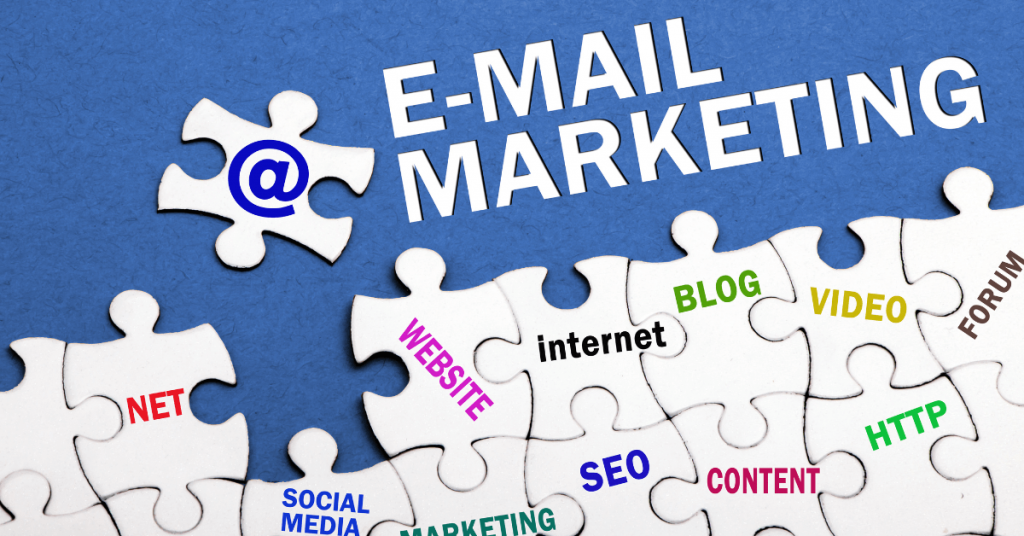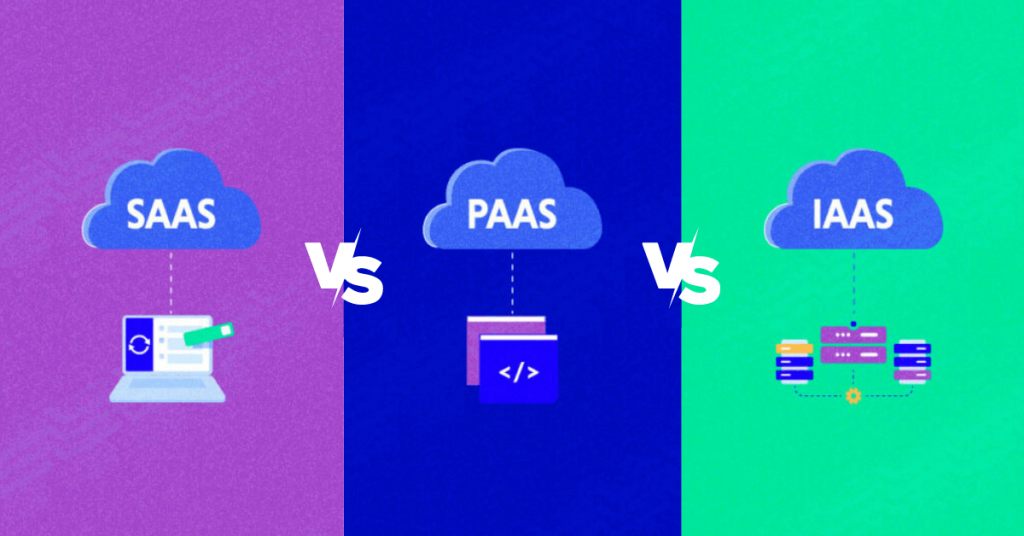Welcome to the ultimate guide for B2B SaaS entrepreneurs seeking to skyrocket their business in 2025! Scaling a SaaS venture in today’s hyper-competitive landscape demands more than a conventional approach. It calls for disruptive thinking, innovative strategies, and a relentless pursuit of growth. That’s why we’ve assembled 15 cutting-edge SaaS growth hacks that are poised to revolutionize your business and supercharge your success.
Whether you’re a startup striving to make your mark or an established player hungry for unprecedented expansion, these growth hacks are tailor-made to propel your journey to new heights. Get ready to unlock the full potential of your B2B SaaS business and leave your competitors in the dust!
Let’s dive into the dynamic world of growth hacking and uncover the secrets to unstoppable growth in 2025!
What Is Growth Hacking?
Growth hacking is a marketing strategy and mindset focused on rapid experimentation, innovative techniques, and creative approaches to achieve significant and scalable growth for a company or product. The term “growth hacking” was coined by Sean Ellis in 2010, and it became particularly popular among startups and technology companies looking to expand their user base quickly and efficiently.
The traditional marketing approach involves long-term planning and execution of established strategies, but growth hacking emphasizes agility and quick iterations. It involves testing various marketing channels, product features, and messaging to identify the most effective methods for driving user acquisition, retention, and revenue growth.
How Is Growth Hacking Different From Other Forms of B2B Marketing?
Growth hacking differs from traditional forms of B2B marketing in several key ways:
1. Focus on rapid and scalable growth:
The primary goal of growth hacking is to achieve rapid and scalable growth in a short period. Traditional B2B marketing strategies often focus on building long-term brand awareness and reputation, whereas growth hacking prioritizes immediate and measurable results.
2. Data-driven experimentation:
Growth hacking heavily relies on data analysis and experimentation. It involves continuous testing and iteration of various marketing tactics to identify the most effective and efficient strategies for driving growth. Traditional B2B marketing tends to rely more on established and proven marketing techniques.
3. Multi-disciplinary approach:
Growth hacking requires a cross-functional approach that involves various teams, including marketing, product development, engineering, and data analytics. It blurs the lines between marketing and product development, as product improvements and marketing efforts are often intertwined to drive growth. Traditional B2B marketing tends to be more compartmentalized, with separate teams handling different aspects of marketing and product development.
4. Emphasis on low-cost strategies:
Growth hacking is known for its resourcefulness and ability to achieve significant results with limited budgets. While traditional B2B marketing may involve significant investments in advertising and branding campaigns, growth hacking focuses on cost-effective strategies that can deliver high returns.
5. Agility and speed:
Growth hacking thrives on agility and the ability to quickly adapt to changes in the market and user behaviour. Traditional B2B marketing campaigns may take longer to plan and execute, whereas growth hacking aims to achieve quick wins and respond rapidly to user feedback and data insights.
6. Virality and user-driven growth:
Growth hacking often leverages viral loops and user-driven growth mechanisms to spread the word about the product or service. Traditional B2B marketing may rely more on direct sales and targeted outreach to specific businesses.
Overall, growth hacking is a dynamic and experimental approach to achieving rapid growth, while traditional B2B marketing follows more established and standardized practices for building brand reputation and driving sales. Both approaches have their place, and successful B2B companies often use a combination of growth hacking and traditional marketing to maximize their growth potential.
Top 15 B2B SaaS Growth Hacks to Scale Your Business
Here we will explore powerful SaaS growth hacks that will empower your business to reach new heights and capture a larger market share.
1. Optimize Your Onboarding Process
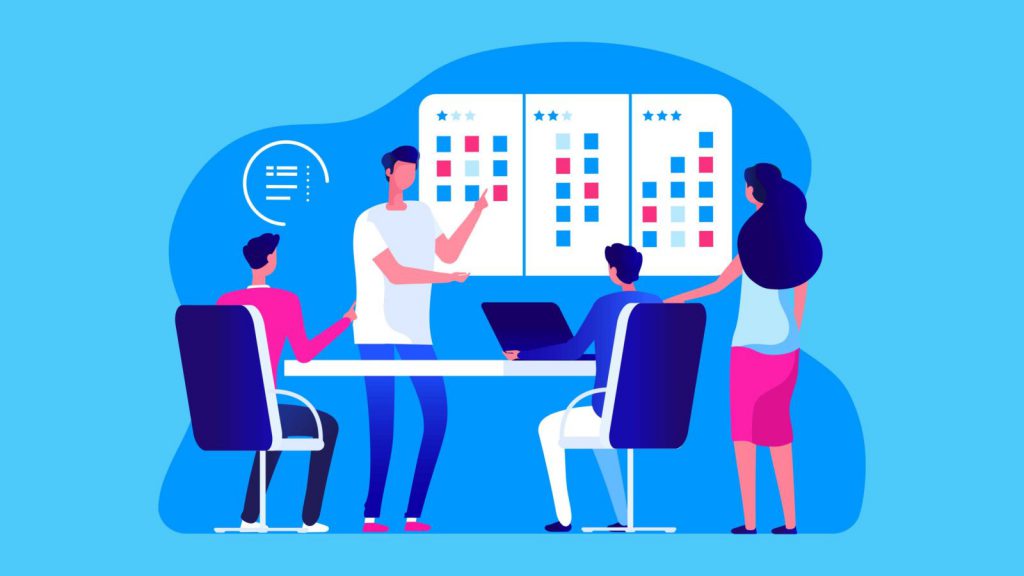
Personalization
Personalizing the onboarding experience is paramount for success. Leverage customer data and preferences to create tailored onboarding journeys. Gather relevant information during sign-up and use it to provide personalized product recommendations and tips. By making users feel valued from the start, you increase the chances of long-term engagement and customer retention.
Interactive Tutorials
Guide your users through your SaaS platform’s key features with interactive tutorials. Replace tedious instruction manuals with user-friendly walkthroughs and tooltips that actively engage and educate new customers. Interactive tutorials enable users to experience the value of your product firsthand, reducing confusion and encouraging them to explore more features.
Automated Emails
Deploy a series of automated emails to keep users engaged during the onboarding process. These emails can include helpful tips, best practices, and links to relevant resources. By nurturing your users with timely and relevant information, you foster a positive user experience, which is vital for driving customer loyalty.
2. Leverage Data-Driven Decision Making
Analytics Tools
Harness the power of analytics tools to gather in-depth insights into user behavior. By understanding how users interact with your SaaS platform, you can identify pain points, optimize user flows, and prioritize feature improvements. With data-driven decision-making, you can consistently enhance the user experience and drive customer satisfaction.
A/B Testing
Never stop optimizing! Conduct A/B tests to compare different variations of your website, app, or email campaigns. Test different layouts, copy, and CTAs to understand what resonates best with your audience. Regular A/B testing empowers you to fine-tune your strategies continually and boost conversion rates.
Customer Feedback
Actively seek and listen to customer feedback. Implement surveys, feedback forms, and social listening to gain valuable insights into customer needs and pain points. Addressing customer feedback shows that you value their opinions and are committed to improving your product to meet their expectations.
3. Embrace a Customer-Centric Approach
Customer Success Team
A dedicated customer success team is essential for building strong relationships with your clients. Your customer success team should proactively reach out to customers, assist with onboarding, and provide ongoing support. This personalized approach not only enhances customer satisfaction but also increases the likelihood of upselling and cross-selling opportunities.
Customer Communities
Create online communities where your customers can connect, share best practices, and provide mutual support. A vibrant customer community fosters a sense of belonging and encourages users to engage more with your SaaS platform. Additionally, these communities can serve as a valuable source of feedback and ideas for product improvements.
Personalized Support
Offer personalized customer support through live chat, email, or phone. Utilize customer data to tailor your support interactions and anticipate customer needs. Prompt and empathetic support can make a significant impact on customer satisfaction, leading to positive word-of-mouth referrals.
4. Implement a Referral Program
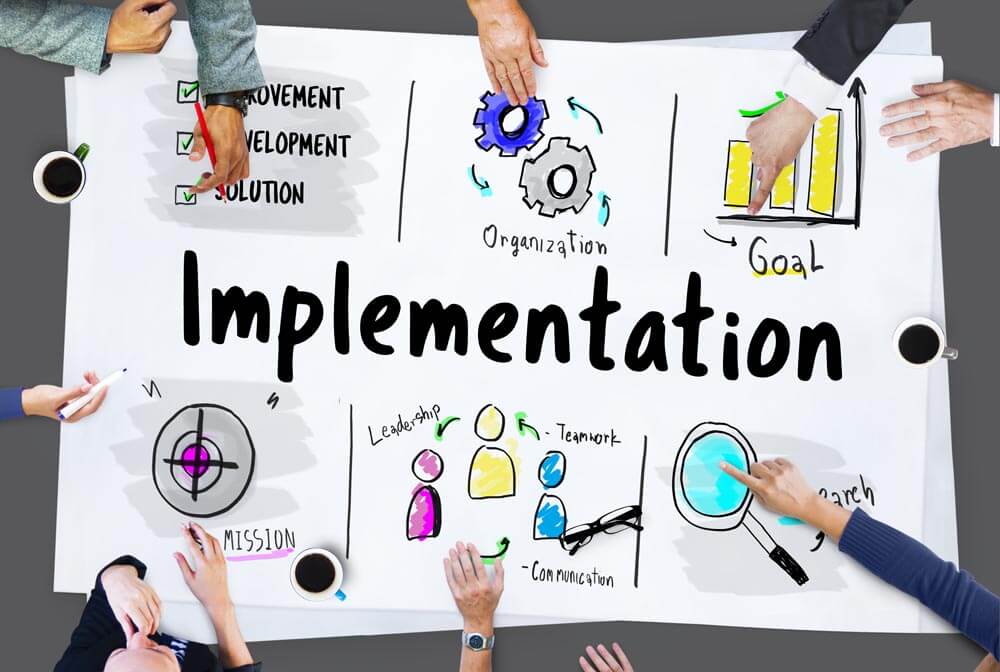
Incentives
Leverage the power of word-of-mouth marketing by creating an attractive referral program. Encourage your existing customers to refer new clients by offering them incentives such as discounts, extended free trials, or even monetary rewards. A well-designed referral program can significantly boost customer acquisition at a lower cost.
Trackable Links
Ensure your referral program is trackable to monitor its success accurately. Trackable referral links and unique promo codes help you measure the performance of different referral sources. With this data, you can optimize your program, identify top referrers, and reward them accordingly.
Rewards
To motivate both referrers and referees, offer rewards that provide real value. Consider offering exclusive features, account credits, or even access to premium content. Providing meaningful rewards not only encourages referrals but also enhances customer loyalty.
5. Focus on User Retention
Churn Analysis
Reducing churn is critical for sustainable growth. Analyze churn data to identify common reasons why customers leave your platform. Address these issues promptly by implementing product improvements, offering additional support, or introducing incentives to retain customers.
Customer Onboarding
A smooth onboarding process sets the foundation for long-term customer relationships. Ensure your onboarding process is intuitive and efficient. Provide clear instructions and guidance to help users quickly understand the value your SaaS platform offers.
Feature Adoption
Encourage users to explore and adopt all the features of your product. Conduct webinars, tutorials, or drip campaigns to showcase lesser-known features that can bring significant value to your customers. The more features your customers utilize, the more they will perceive your SaaS platform as an indispensable tool.
6. Offer Free Trials and Freemium Models
Time-Limited Trials
Allow potential customers to experience the full benefits of your SaaS product with time-limited free trials. Set a reasonable trial period that gives users enough time to assess the value your product offers. During the trial, provide excellent customer support to address any questions or concerns promptly.
Freemium Version
A freemium model offers a basic version of your software for free, enticing users to try it out without any initial financial commitment. The free version should provide real value to users while also showcasing the benefits of upgrading to a paid plan.
Upgrade Prompts
Strategically place upgrade prompts within your freemium version to remind users of the additional features and benefits available with a paid plan. Highlight the value they can unlock by upgrading, and offer exclusive deals or discounts to incentivize the decision.
7. Collaborate with Industry Influencers
Identify Key Influencers
Research and identify influential personalities within your target industry or niche. Look for thought leaders, bloggers, and experts whose values align with your SaaS brand. Engage with them on social media and build relationships to lay the groundwork for future collaboration.
Partnerships and Co-Marketing
Collaborate with industry influencers on webinars, guest blog posts, or joint marketing campaigns. These partnerships expose your SaaS platform to a broader audience and add credibility to your brand. Endorsements from influencers can significantly impact your customer acquisition efforts.
Sponsored Content
Consider sponsoring content on influencer platforms, industry publications, or relevant websites. Sponsored content allows you to showcase your expertise and reach a highly targeted audience. Make sure the content is valuable and informative, providing genuine insights and solutions to the readers.
8. Invest in Content Marketing
High-Quality Blog Posts
Publish high-quality blog posts that offer valuable insights, actionable tips, and relevant industry trends. Content marketing is an excellent way to position your SaaS brand as a thought leader and build trust with your audience. Focus on creating content that solves your customers’ pain points and addresses their challenges.
eBooks and Whitepapers
Develop in-depth eBooks and whitepapers that delve into specific industry topics or solve complex problems faced by your target audience. Offer these resources as gated content, requiring users to provide their email addresses to access them. This strategy can help build your email list and generate qualified leads.
Webinars and Video Content
Host webinars featuring industry experts or use video content to demonstrate how to use your SaaS platform effectively. Webinars allow for real-time engagement with potential customers and provide a platform for interactive Q&A sessions. Video content is also highly shareable, increasing its potential reach.
9. Optimize Pricing Strategies
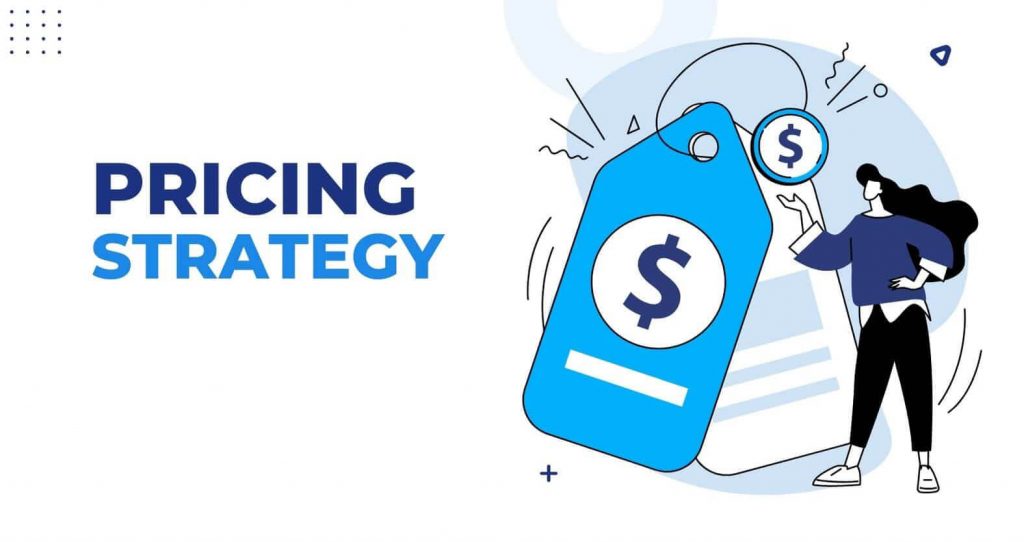
Tiered Pricing
Offer different pricing tiers to cater to various customer segments. Each tier should provide a different level of features and benefits, allowing customers to choose the plan that best suits their needs and budget. Clearly communicate the value of each tier to help users make informed decisions.
Add-Ons and Upsells
Promote add-ons and upsells to increase the average revenue per customer. Identify features or services that complement your core offering and present them as valuable additions. Upsell strategically by offering customers exclusive deals or discounts on premium features.
Annual Billing Incentives
Encourage customers to opt for annual billing by offering incentives such as discounted rates or additional features. Annual billing not only provides predictable revenue for your business but also strengthens customer commitment and reduces churn.
Also, understanding the nuances of Best SaaS Pricing Models is important for optimizing pricing strategies.
10. Streamline the Sales Funnel
Sales Automation
Use sales automation tools to streamline repetitive tasks in your sales process. Automated lead nurturing, follow-up emails, and lead scoring can save time and increase the efficiency of your sales team.
Lead Nurturing
Implement lead nurturing campaigns to build relationships with potential customers. Provide valuable content tailored to their needs and stage in the buyer’s journey. Effective lead nurturing can significantly increase conversion rates and shorten the sales cycle.
Clear CTAs
Ensure your website, emails, and landing pages have clear and compelling calls-to-action (CTAs). CTAs guide users to take specific actions, such as signing up for a free trial, scheduling a demo, or upgrading to a paid plan. Make the CTAs stand out visually and use persuasive language to encourage action.
11. Embrace Emerging Technologies
AI-Driven Insights
Leverage AI to gain deeper insights into customer behavior and preferences. AI-powered analytics can identify patterns and trends that human analysis might miss. Use these insights to optimize your product, marketing strategies, and customer support.
Chatbots
Integrate chatbots into your website or app to provide instant support and answers to common queries. Chatbots can handle routine customer inquiries, freeing up your support team to focus on more complex issues. Additionally, chatbots can offer personalized product recommendations based on customer data.
Blockchain Security
Consider implementing blockchain solutions to enhance data security and build trust with your customers. Blockchain’s decentralized nature ensures data integrity, making it an attractive solution for SaaS platforms dealing with sensitive information.
12. Develop Strong Partnerships
Complementary Services
Identify businesses offering complementary services and explore strategic partnerships. By combining forces, you can offer bundled packages, referral bonuses, or co-marketing efforts that benefit both parties and appeal to shared audiences.
Integration Partners
Collaborate with other software platforms to create seamless integrations. Integrate with popular tools your customers already use, making it easier for them to adopt your SaaS product. Such integrations can significantly improve the overall user experience.
Joint Marketing Efforts
Combine resources with your partners for co-marketing campaigns. Joint webinars, eBooks, or events can attract a wider audience and generate mutual leads. The synergy from these collaborative efforts can amplify your reach and accelerate growth.
13. Improve Website Performance
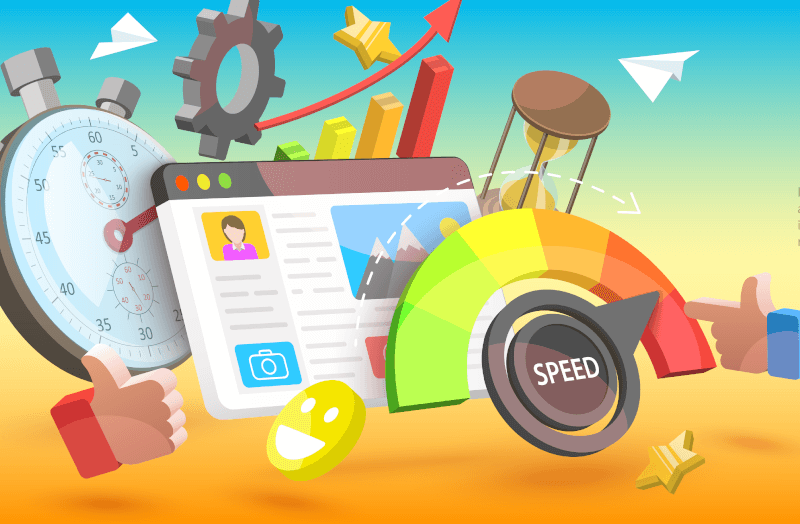
Mobile Optimization
With an increasing number of users accessing the internet on mobile devices, it’s crucial to optimize your website for mobile responsiveness. A mobile-friendly website ensures a seamless user experience across different devices, leading to higher engagement and lower bounce rates.
Page Load Speed
Optimize your website’s page load speed to avoid frustrating users with slow-loading pages. Compress images, leverage browser caching, and optimize code to reduce loading times. A faster website contributes to better search engine rankings and improved user satisfaction.
SEO Best Practices
Implement SaaS SEO best practices to increase organic traffic to your website. Conduct keyword research and optimize your content to rank higher in search engine results. An effective SEO strategy can attract more qualified leads and expand your online presence. Check out our blog post on SaaS SEO Checklist (Step-by-Step) for Dominating Search Rankings. Also, it is important to avoid common SaaS SEO Mistakes to rank your website faster.
14. Monitor Competitor Strategies
Competitive Analysis
Regularly analyze your competitors’ offerings, pricing, and marketing strategies. Understanding your competition helps you identify gaps in the market and opportunities for differentiation. Stay alert for emerging trends and innovative approaches that you can adopt or improve upon.
Identify Gaps
Identify areas where your SaaS product can outperform competitors. Whether it’s offering a unique feature, exceptional customer service, or faster response times, leverage these differentiators to position your product as the preferred choice among potential customers.
Innovate Continuously
Innovation is the key to staying ahead of the competition. Continuously invest in research and development to enhance your product and introduce new features that address your customers’ evolving needs. Strive to be the market leader through ongoing innovation.
15. Customer Testimonials and Case Studies
Social Proof
Showcase customer testimonials prominently on your website. Testimonials are a powerful form of social proof that builds trust and credibility with potential customers. Include details such as the customer’s name, company, and the tangible benefits they experienced using your SaaS platform.
Industry-Specific Success Stories
Highlight success stories from customers in your target industries. Tailor these stories to resonate with specific audience segments, showcasing how your product addresses their unique challenges. Industry-specific success stories demonstrate your understanding of your customer’s needs and your ability to deliver results.
Video Testimonials
Incorporate video testimonials from satisfied customers to add authenticity and relatability. Video testimonials create a personal connection and allow potential customers to hear firsthand accounts of the positive impact your SaaS platform has had on real businesses.
How 5 SaaS Companies Hacked Their Growth?
- Slack: Slack achieved rapid growth by employing a viral loop through its seamless team collaboration platform. By allowing users to invite team members easily and promoting integrations with other popular tools, Slack quickly spread throughout organizations, driving user acquisition and retention.
- Zoom: Zoom’s growth hacking success can be attributed to its freemium model, offering a robust free plan with limitations and upselling premium features to businesses. This approach allowed Zoom to quickly gain a large user base and convert free users into paying customers.
- Dropbox: Dropbox used a clever referral program that rewarded both the referrer and the new user with additional storage space. This incentivized users to invite others, resulting in a significant boost in user acquisition and a strong viral effect.
- HubSpot: HubSpot leveraged content marketing as a key growth hacking strategy. By creating high-quality, valuable content in the form of blog posts, e-books, and webinars, they attracted a massive audience and positioned themselves as thought leaders in the inbound marketing space.
- Intercom: Intercom focused on product-led growth, continuously iterating and enhancing its customer engagement platform based on user feedback and data analysis. By prioritizing user satisfaction and product improvements, Intercom drove customer retention and advocacy, contributing to its growth.
These companies’ innovative growth hacking tactics, coupled with their dedication to understanding user needs and data insights, played a pivotal role in propelling their SaaS businesses to remarkable success.
Conclusion -SaaS Growth Hacks
As we journey through 2025, B2B SaaS businesses face increasing competition and demanding customers. By implementing these 15 SaaS growth hacks, you can build a strong foundation for success and outpace your competitors. From optimizing your onboarding process and leveraging data-driven insights to nurturing a customer-centric approach and embracing emerging technologies, each growth hack plays a vital role in propelling your SaaS business to new heights.
Remember, there’s no one-size-fits-all approach. Experiment, learn from the data, and continuously improve your strategies to meet the ever-changing demands of the market. By staying agile and customer-focused, you’ll not only scale your business but also create lasting relationships with loyal customers, setting the stage for sustained growth in the years to come.
Are you ready to take your B2B SaaS business to the next level? Embrace these SaaS growth hacks, and let the journey to success begin!
